Get Rid of Ants | Banish Ants Quickly: Effective Ant Removal Tips
Dealing with an ant infestation can be a frustrating and persistent problem, especially when they invade your home. Not only do they create unsightly trails and nests, but they can also contaminate your food and cause damage to your property. If you're wondering how to eliminate ants and regain control of your living space, you've come to the right place. In this article, we will provide you with effective tips and methods to get rid of ants once and for all.

Key Takeaways:
- Identify the type of ant species to develop an effective control strategy.
- Address the three main attractants for ants: food sources, water sources, and access points.
- Common ant species to watch out for include carpenter ants, fire ants, pharaoh ants, odorous house ants, and pavement ants.
- Understanding the ant life cycle can help in implementing targeted control methods.
- Natural ant control methods, such as using coffee grounds, vinegar, and essential oils, can be effective alternatives to toxic chemicals.
How to Identify Ants?
When dealing with ants in your home, it's important to be able to identify the different ant species in order to develop an effective control strategy. Ants come in various sizes, ranging from 1/32 to 3/4 inch long, and can be found in different colors. They have three distinct body parts and can often be recognized by their pincer-like jaws.
It's crucial to differentiate ants from termites, as they may have similar appearances but possess different characteristics. Ants are attracted to food sources, water sources, and potential access points in your home. By identifying the specific ant species, you can gain valuable insights into their behavior and habits, helping you determine the most appropriate course of action.
Implementing the right control measures starts with understanding the unique attributes of each ant species. By familiarizing yourself with the characteristics of different ant species, such as carpenter ants, fire ants, pharaoh ants, odorous house ants, and pavement ants, you can effectively address any infestation and prevent further problems.

Identifying Characteristics of Ants:
- Range in size from 1/32 to 3/4 inch long
- Can vary in color
- Have three distinct body parts
- Possess pincer-like jaws
By being able to identify ants accurately, you can take the necessary steps to control their presence in your home and safeguard against potential damage or infestations.
Three Things That Attract Ants to Your Home
Ants are attracted to three main things in the home: food sources, water sources, and access points. Understanding what attracts ants can help you prevent them from entering your home and becoming a nuisance.
Foods That Attract Ants
Ants are particularly attracted to sweets and will eat almost anything that is left out. Leaving crumbs, spilled sugar, or uncovered food can quickly attract ants. It's important to keep your kitchen and dining areas clean and free of food debris to discourage ant infestations. By properly storing food in airtight containers, you can prevent ants from gaining access to their favorite snacks. Additionally, make sure to clean up spills promptly to remove any food odors that may attract ants.
Water Sources That Attract Ants
Ants need water to survive, and they will leave a scent trail to guide other ants to a water source. Be mindful of any sources of standing water in your home, such as leaky pipes, dripping faucets, or condensation buildup. Fixing these issues and ensuring proper drainage can help eliminate one of the attractions for ants. Wiping up spills and keeping your home dry will also make it less appealing to ants.
Access Points That Attract Ants
Ants are constantly searching for entry points into warm areas of the home. These access points can include cracks in walls, gaps around windows and doors, and openings in screens. It's important to seal off these entry points to prevent ants from entering your home. Use caulk or weatherstripping to seal any gaps or cracks, and replace damaged screens. By blocking their access, you can greatly reduce the likelihood of ants infesting your home.

By addressing these attractants - food sources, water sources, and access points - you can effectively prevent ants from entering and colonizing your home. Implementing these measures and maintaining a clean and dry environment will help keep your home ant-free.
Common Ant Varieties to Watch Out For
When it comes to ant infestations in homes, it's important to be aware of the common ant species that can cause trouble. Here are some ant varieties to watch out for:
- Carpenter ants: These ants are attracted to wood and can cause damage to the structure of your home. They excavate galleries in wood, creating tunnels for their nests.
- Fire ants: Fire ants can be a nuisance with their painful stings. They build large mounds and are known for their aggressive behavior.
- Pharaoh ants: These ants are known to infiltrate homes and spread harmful bacteria. They can become a major nuisance in hospitals and other healthcare facilities.
- Odorous house ants: These ants emit a distinct coconut-like smell when crushed. They are attracted to sweets and water, making kitchens and bathrooms common areas of infestation.
- Pavement ants: Pavement ants create nests along sidewalks and driveways. They can easily find their way into homes through cracks in the foundation or other entry points.
Identifying the specific ant species is crucial for effective control. Different species may require different treatment methods, so it's important to know what you're dealing with.
Knowing the common ant varieties that are likely to infest your home can help you take appropriate measures to prevent and eliminate them. Stay vigilant and take steps to protect your property from these pesky pests.
Life Cycle of an Ant
Ants live in colonies and have a complex life cycle. The colony consists of a queen, who lays eggs, and workers, who care for the young and forage for food. Ants go through different stages of development, from eggs to larvae to pupae, before becoming adult workers.
Once the queen lays eggs, they are carefully tended to by the workers. The eggs hatch into small, legless larvae that are completely dependent on the workers for food and protection. The larvae are fed a diet of regurgitated food from the workers. As the larvae grow, they molt several times, shedding their exoskeletons to accommodate their increasing size.
After the larval stage, the ants enter the pupal stage. During this time, they undergo metamorphosis and develop their adult characteristics. The pupae are entirely immobile and sealed within a protective cocoon-like structure. Inside the pupal case, the body of the ant undergoes significant changes, including the development of their exoskeleton, legs, and other body parts.
Once the pupal stage is complete, adult ants emerge. These adults are the worker ants that perform various tasks within the colony. Worker ants are responsible for building and repairing the nest, taking care of the queen and her offspring, foraging for food, and defending the colony against intruders. Worker ants have different roles and castes depending on their tasks, such as foragers, nurses, soldiers, and even specialized worker ants like leafcutter ants.
The ant queen plays a crucial role in the colony's reproduction. She can live for several years and can lay thousands of eggs throughout her lifetime. The queen is cared for and protected by the worker ants, who ensure her well-being and the continuity of the colony.
Understanding the intricacies of the ant life cycle, the different castes, and the roles of the queen and workers is essential in developing effective ant control strategies. By targeting specific stages of the life cycle and disrupting the colony's organization, it is possible to manage ant infestations and prevent further proliferation.
Conclusion
Ants can become a persistent problem in homes, invading our living spaces in search of food and water. However, there are effective methods to prevent ant infestations and control their presence naturally. By eliminating attractants like food sources, water sources, and access points, you can minimize the chances of ants entering your home.
Natural ant control methods can be utilized to repel and eliminate ants without resorting to toxic chemicals. Coffee grounds, vinegar, and essential oils are some of the household products that can be used as ant deterrents. These natural solutions not only help in controlling ant infestations but also promote a safe and healthy environment.
Addressing ant infestations promptly is crucial to prevent further damage. By taking proactive measures and adopting natural ant control methods, you can ensure a pest-free home and protect your property. Remember to regularly inspect your surroundings for potential ant attractants and take necessary steps to eliminate them.
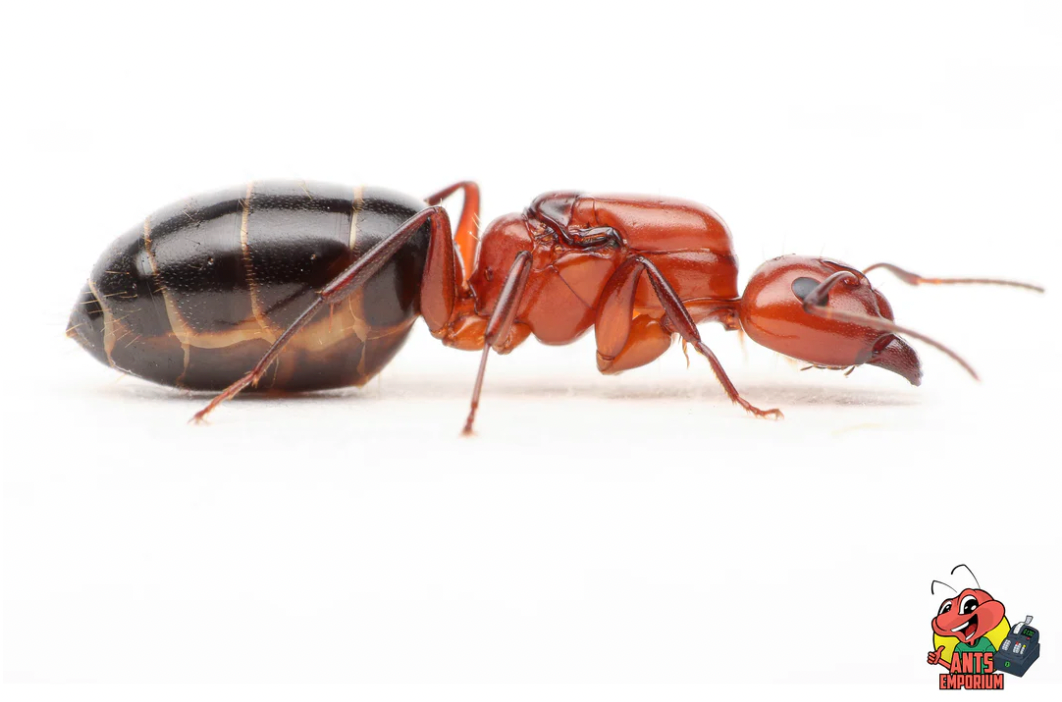
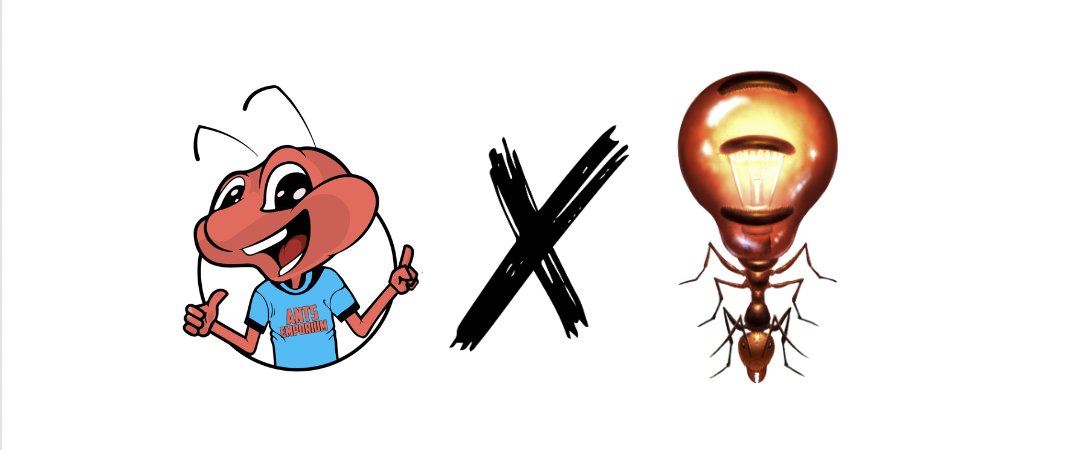
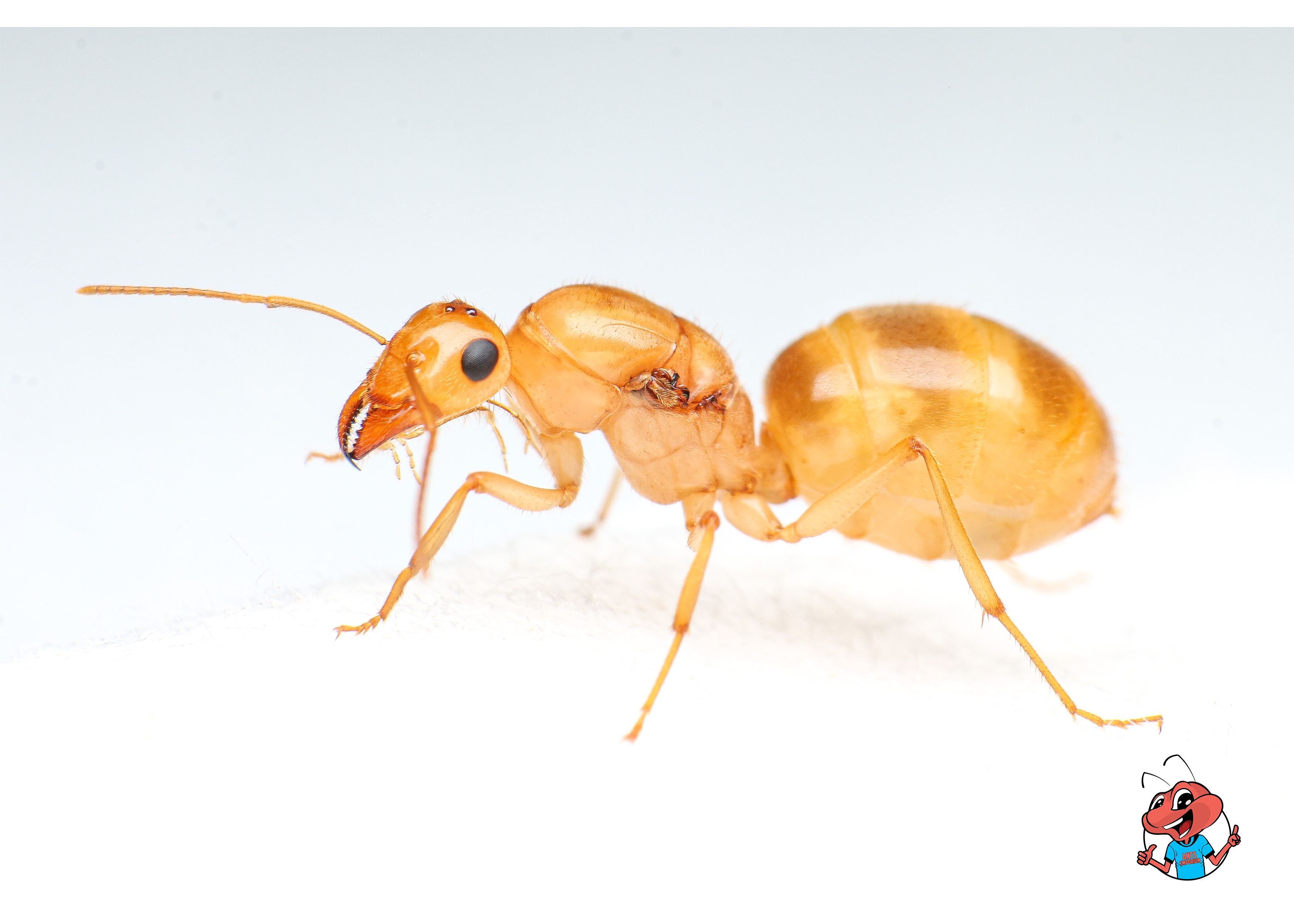
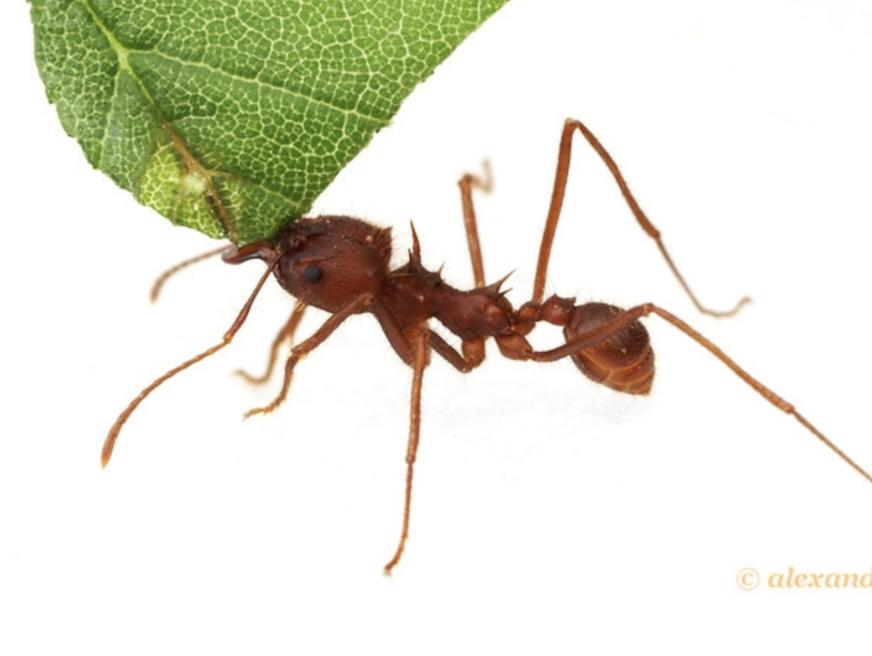
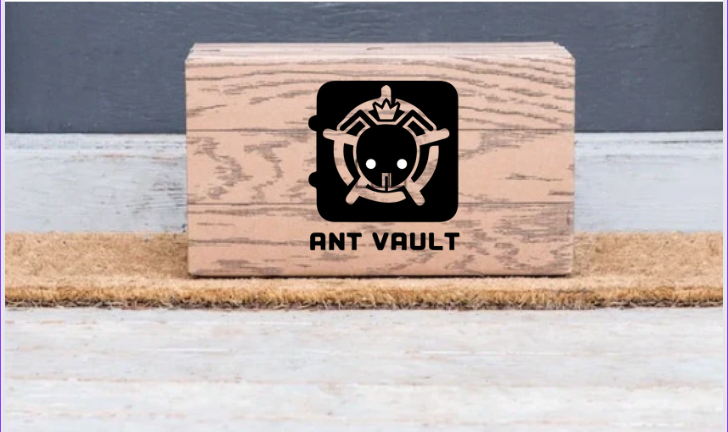


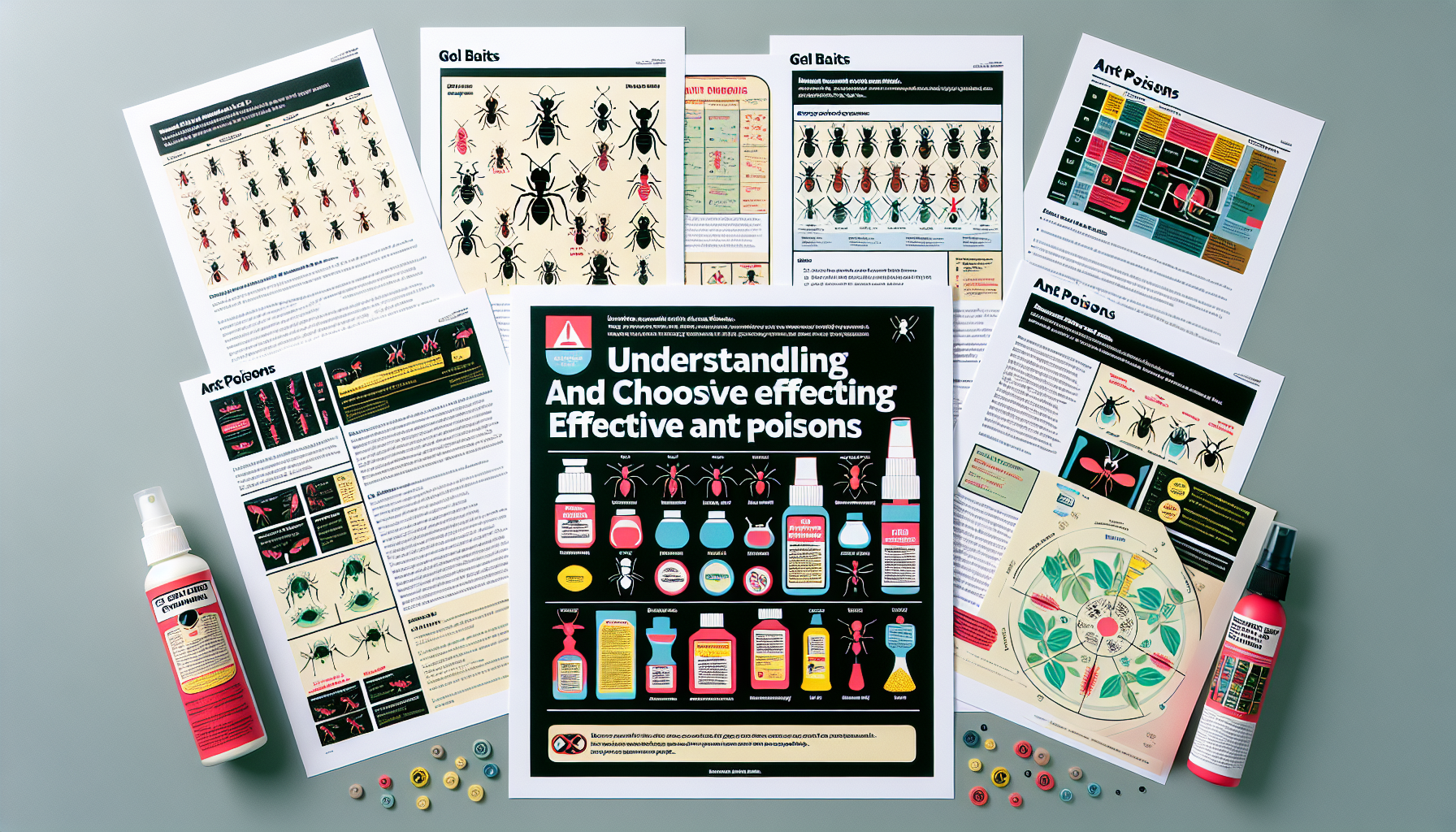
Leave a comment